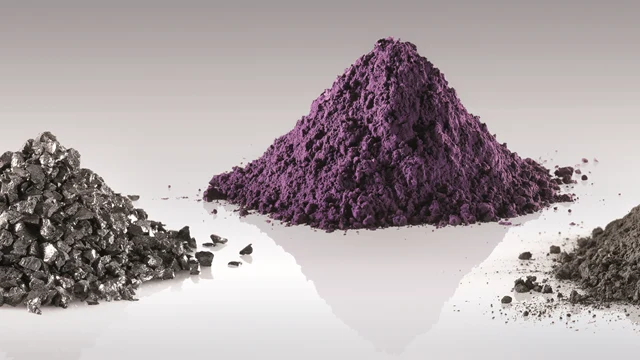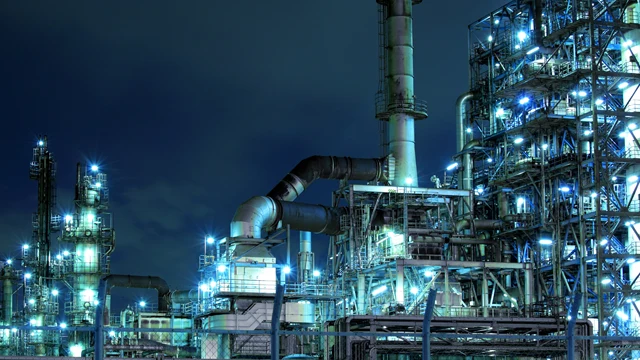
Products
Screen-printing pastes for solid oxide fuel cells (SOFC) and solid oxide electrolysis cells (SOEC)
Ampergy® pastes for SOFC & SOEC
Ampergy LSM paste
Powder type
La0.75Sr0.20MnO3
La0.65Sr0.30MnO3
Typical applications
- Viscosity 10pas – 80pas (customer defined)
- Solid content up to 80w% possible
- Particle size defined by customer
Ampergy LSCF paste
Powder type
La0.60Sr0.40Co0.20Fe0.80O3
Typical applications
- Viscosity 10Pas – 100Pas (customer defined)
- Solid content up to 75w% possible
- Particle size defined by customer
Ampergy LSMC paste
Powder type
La0.80Sr0.20Co0.10Mn0.90O3
Typical applications
- Viscosity 10Pas – 80Pas (customer defined)
- Solid content up to 80w% possible
- Particle size defined by customer
Ampergy LSC paste
Powder type
La0.90Sr0.10CoO3
La0.60Sr0.40CoO3
La0.50Sr0.50CoO3
Typical applications
- Viscosity 10Pas – 100Pas (customer defined)
- Solid content up to 85w% possible
- Particle size defined by customer
Ampergy MCF paste
Powder type
FE0.05Co0.95MnO4
Typical applications
- Viscosity 10Pas – 100Pas (customer defined)
- Solid content up to 85w% possible
- Particle size defined by customer
Ampergy GCO paste
Powder type
Gd0.10Ce0.90O2
Gd0.20Ce0.80O2
Gd0.40Ce0.60O2
Typical applications
- Viscosity 5Pas – 50Pas (customer defined)
- Solid content up to 70w% possible
- Particle size defined by customer
Ampergy NiO paste
Powder type
NiO
Typical applications
- Viscosity 10Pas – 60Pas (customer defined)
- Solid content up to 75w% possible
- Particle size defined by customer
BrazeLet® brazing pastes for SOFC
BrazeLet Ni2P-9002
BrazeLet Ni2P-9003
BrazeLet Ni5P-9002
BrazeLet Ni5P-9003
BrazeLet Ni9P-9002
BrazeLet Ni9P-9003
Contact

Sales & Technical support
Privacy policy
I agree that Höganäs can handle my personal data in order to contact me. My contact information may also be used in marketing purpose, such as newsletters and other relevant information. The data will not be shared with a third party. With my consent, I also confirm that I am over 16 year old.
More information about how we handle personal data can be found in our privacy policy.


